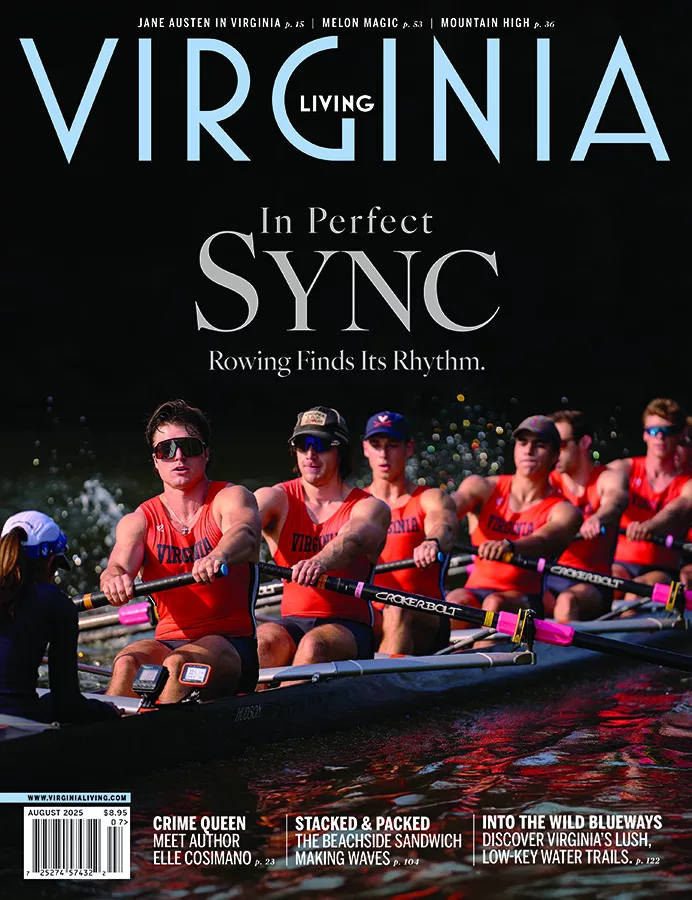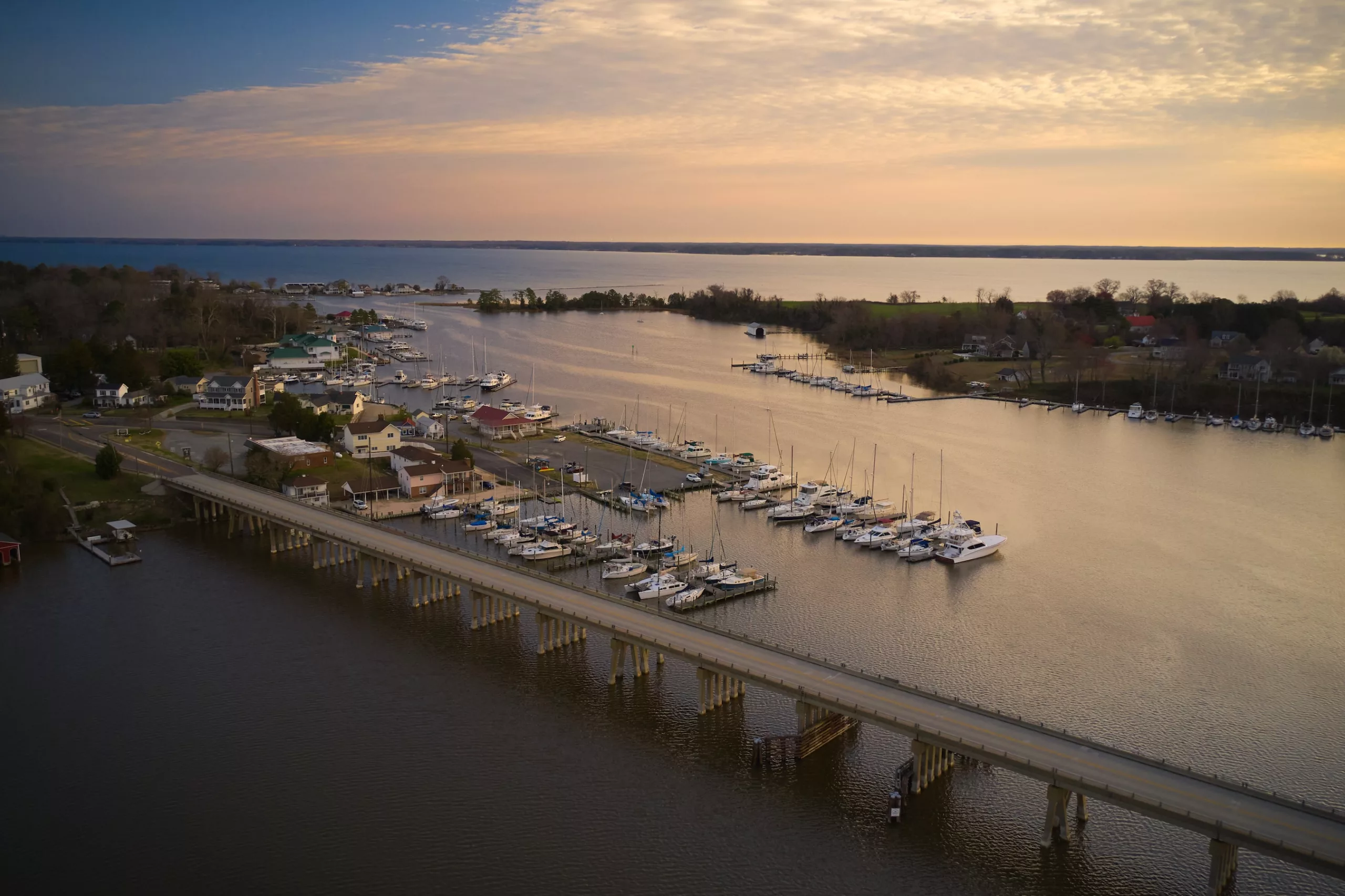Fairfax’s Great Falls Park is a 900-acre natural haven with stunning views, waterfalls and some of the best rock climbing around.

Great Falls has many attributes—an amazing history, scenic views, miles of trails and big rock outcroppings that are, in the words of Dave Nugent, “fan-freaking-tastic.” Nugent would know: As owner of Springfield-based Adventure Schools Rock Climbing, he has been giving rock-climbing lessons at the national park since
Only 15 miles from Washington, in Fairfax County, Great Falls is 900 acres of unadulterated nature in suburbanized northern Virginia. It became a national park in 1966 and nowadays is open 365 days a year. According to volunteer Dolores Morriseau, half-a-million people visit Great Falls Park annually. “I’ve never seen a time they don’t come,” she says. An unseasonably warm day in December or January may attract only a few diehard outdoor types, but when the weather turns warmer, the number of visitors to this natural haven skyrockets—many of them Capitol Hill professionals seeking an escape from the city in the form of outdoor sports on the rapids, rocks or
Great Falls is well known for its dramatic views, including several 20-foot falls where the Potomac River speeds up and is forced down through the narrow Mather Gorge. The park also boasts a ghost town—a remnant from George Washington’s abandoned plan to build a canal that would ship goods out west via the Potomac River. Ruins of the original locks and gates of the canal can still be
Still, the park’s rocks are the star attraction. Rock jockeys say Great Falls is the premier climbing locale in greater Washington. “Within our metropolitan area, Great Falls is clearly the best,” says Nugent—“oldest rock, best history, best scenic views. You’d have to go two hours away to get to anything close.” There are romantically named peaks such as Romeo’s Ladder and Juliet’s Balcony, as well as two world-class climbs.
The geology as well as the geography of Great Falls is unique. The rock is actually Precambrian, some of the oldest dated rock in the United States. The Potomac has been eroding away the landscape since the last Ice Age.
Rock climbers first started flocking to Great Falls in the 1940s, and many modern climbing techniques were developed there. Nugent says there are so many great climbs, he can’t pick a favorite. “It’s endless.
So-called free climbing usually takes place on the Maryland side of the park, while most climbers on the Virginia side use ropes. “Most of the people here are climbing with ropes, which takes some skill,” says Cheryl Bresee, a park ranger. “They have to take a class with a professional outfitter, which we do not offer.” Since most of the climbers are experienced—Nugent strongly recommends that any beginners go out with a trained professional rather than just friends—rescues are infrequent. According to Bresee, the last serious accident occurred several years
Nugent says that his students run the gamut from kids to people in their 60s. He sees a lot of Capitol Hill interns. “A lot of people who come to the park have [climbed] indoors,” he explains, “and figure, why be indoors in the summer?
Why, indeed? But influential conservation groups are concerned about visitors damaging some areas of the park, including more remote areas frequented by rock climbers. They say these are one-of-a-kind ecosystems. The groups have been pushing to make several areas off-limits to visitors. “All kinds of wars are going on,” says Nugent.
For now, all of Great Falls Park is open and, with spring in full swing, it is drawing both Fairfax families and city slickers who appreciate this beautiful, unique, “fan-freaking-tastic” place.









